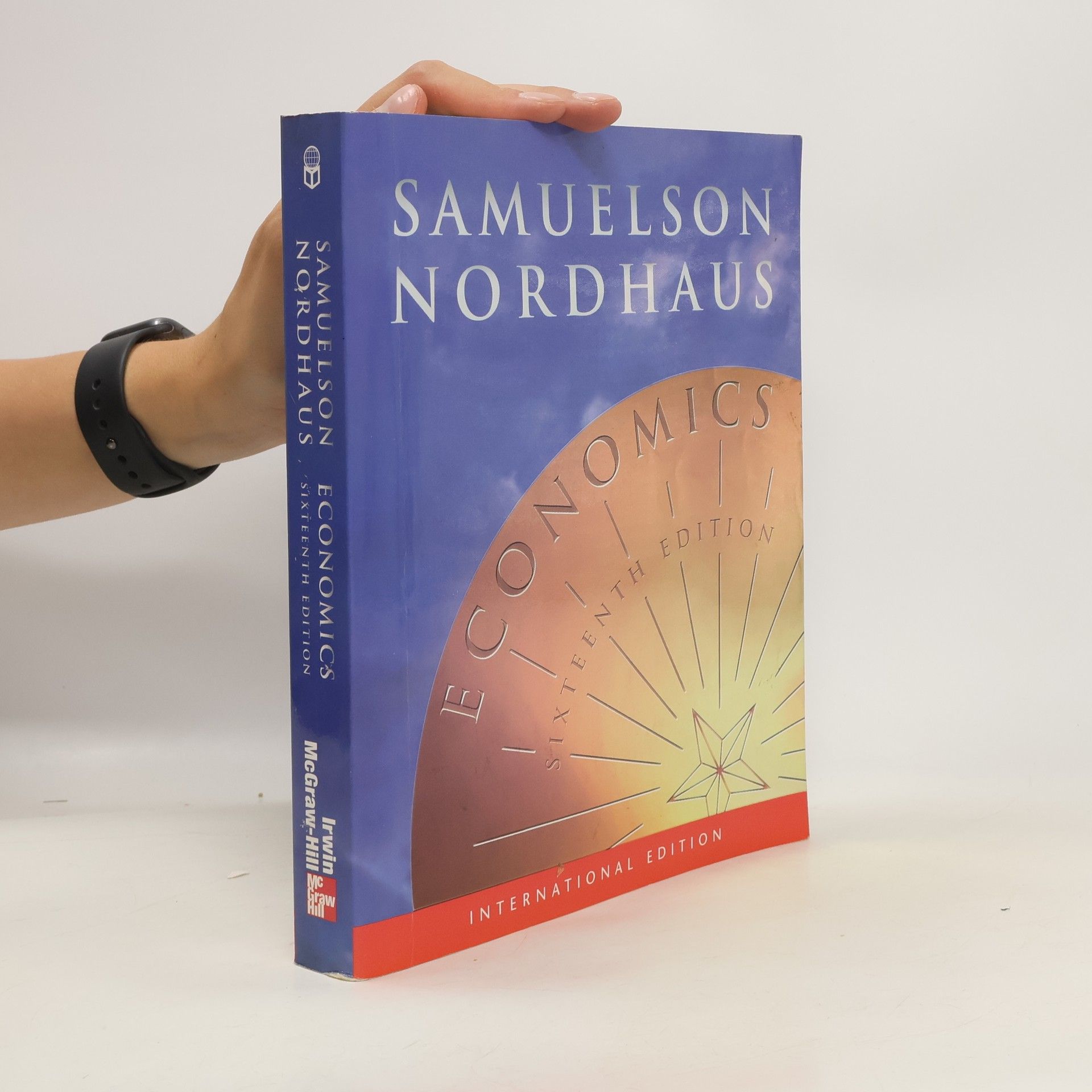Focusing on the economic history of the United States, this book highlights the overlooked contributions and struggles of Black Americans. It critiques the narrative surrounding the past four years, particularly the absence of discussions on racism in economic contexts. By examining the brief period of Reconstruction, the impact of Jim Crow laws, and the decline of the Civil Rights Movement, the author argues for the necessity of lasting integration efforts to ensure equal opportunities for Black Americans. The work aims to provide a more inclusive understanding of America's economic landscape.
Peter Temin Book order
Peter Temin is an economist and economic historian whose work delves deeply into the industrial development and economy of the 19th century. His early studies, grounded in intense empirical research, focused on key aspects of the American economy, including the iron and steel industry. Temin analyzed the economic impact of slavery and examined the causal factors of economic growth. His writings offer profound insights into the shaping of modern economies, valued for their thoroughness and analytical depth.




- 2022
- 2013
The Roman Market Economy
- 318 pages
- 12 hours of reading
The quality of life for ordinary Roman citizens at the height of the Roman Empire probably was better than that of any other large group of people living before the Industrial Revolution. The Roman Market Economy uses the tools of modern economics to show how trade, markets, and the Pax Romana were critical to ancient Rome's prosperity.Peter Temin, one of the world's foremost economic historians, argues that markets dominated the Roman economy. He traces how the Pax Romana encouraged trade around the Mediterranean, and how Roman law promoted commerce and banking. Temin shows that a reasonably vibrant market for wheat extended throughout the empire, and suggests that the Antonine Plague may have been responsible for turning the stable prices of the early empire into the persistent inflation of the late. He vividly describes how various markets operated in Roman times, from commodities and slaves to the buying and selling of land. Applying modern methods for evaluating economic growth to data culled from historical sources, Temin argues that Roman Italy in the second century was as prosperous as the Dutch Republic in its golden age of the seventeenth century.The Roman Market Economy reveals how economics can help us understand how the Roman Empire could have ruled seventy million people and endured for centuries.
- 1976
Economics
- 832 pages
- 30 hours of reading
This edition places continued emphasis on the analytical core of economics, with particular attention to economic growth (macro) and analysis of market economy (micro). Advanced material has been relegated to ten appendices.